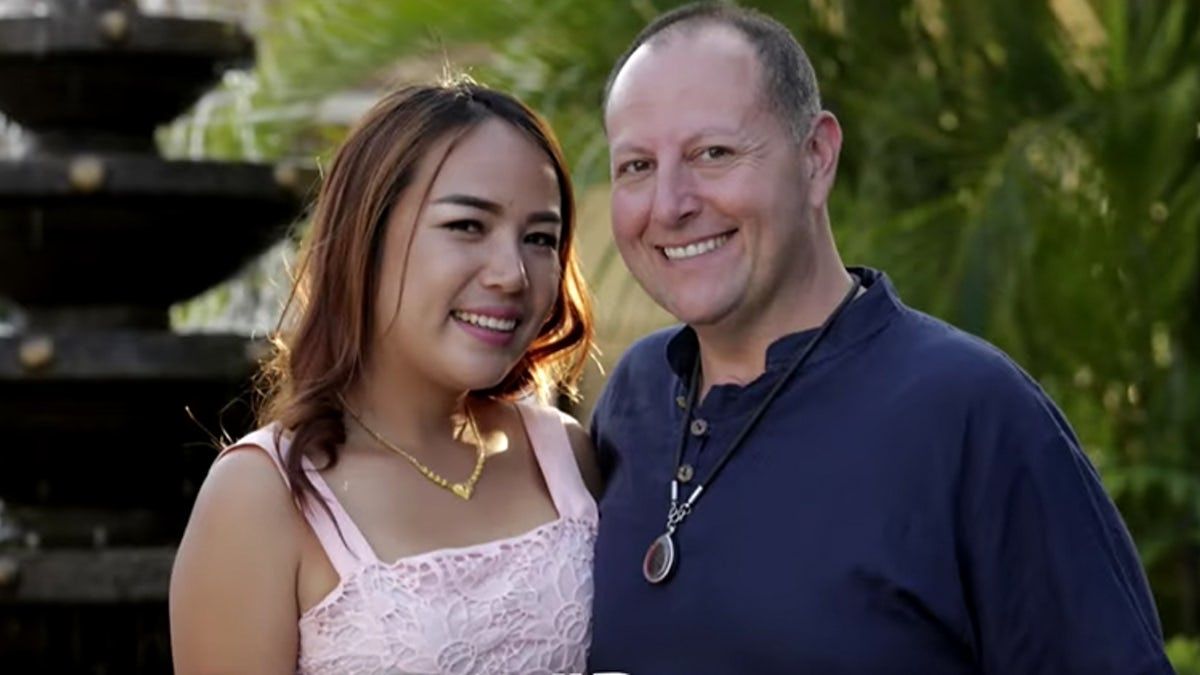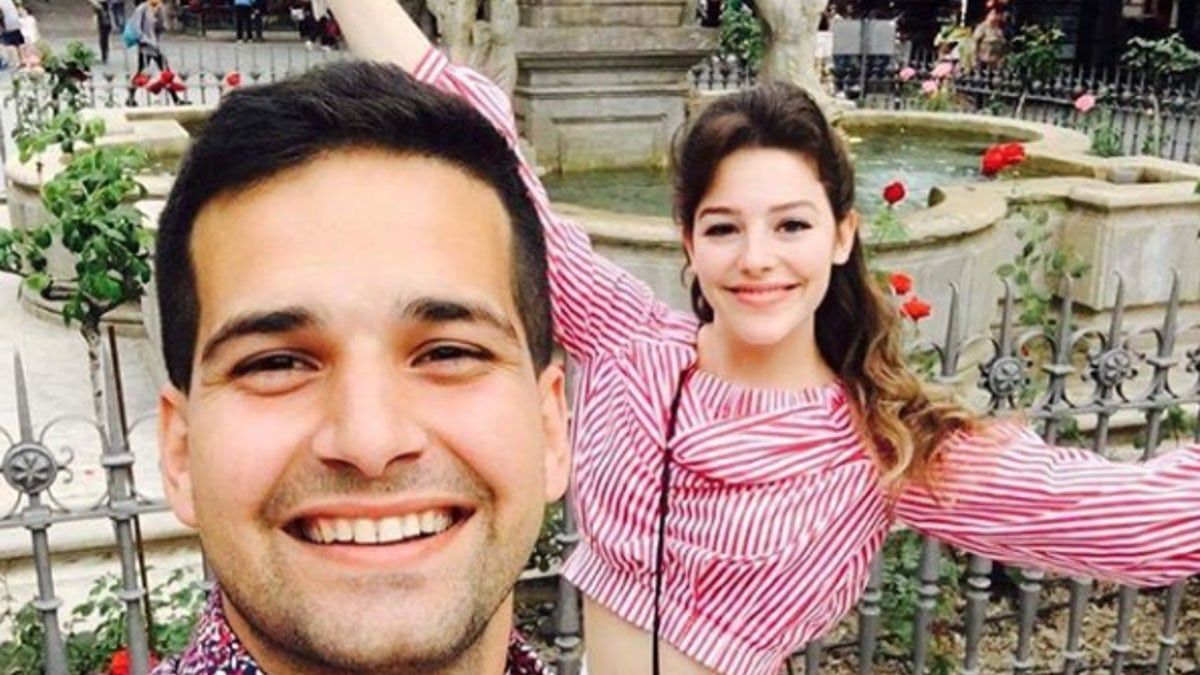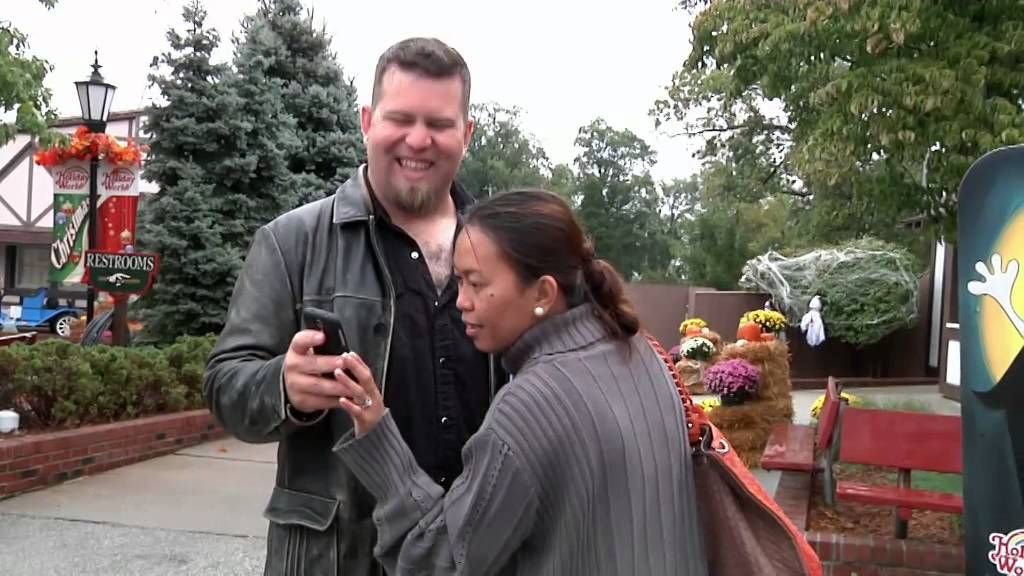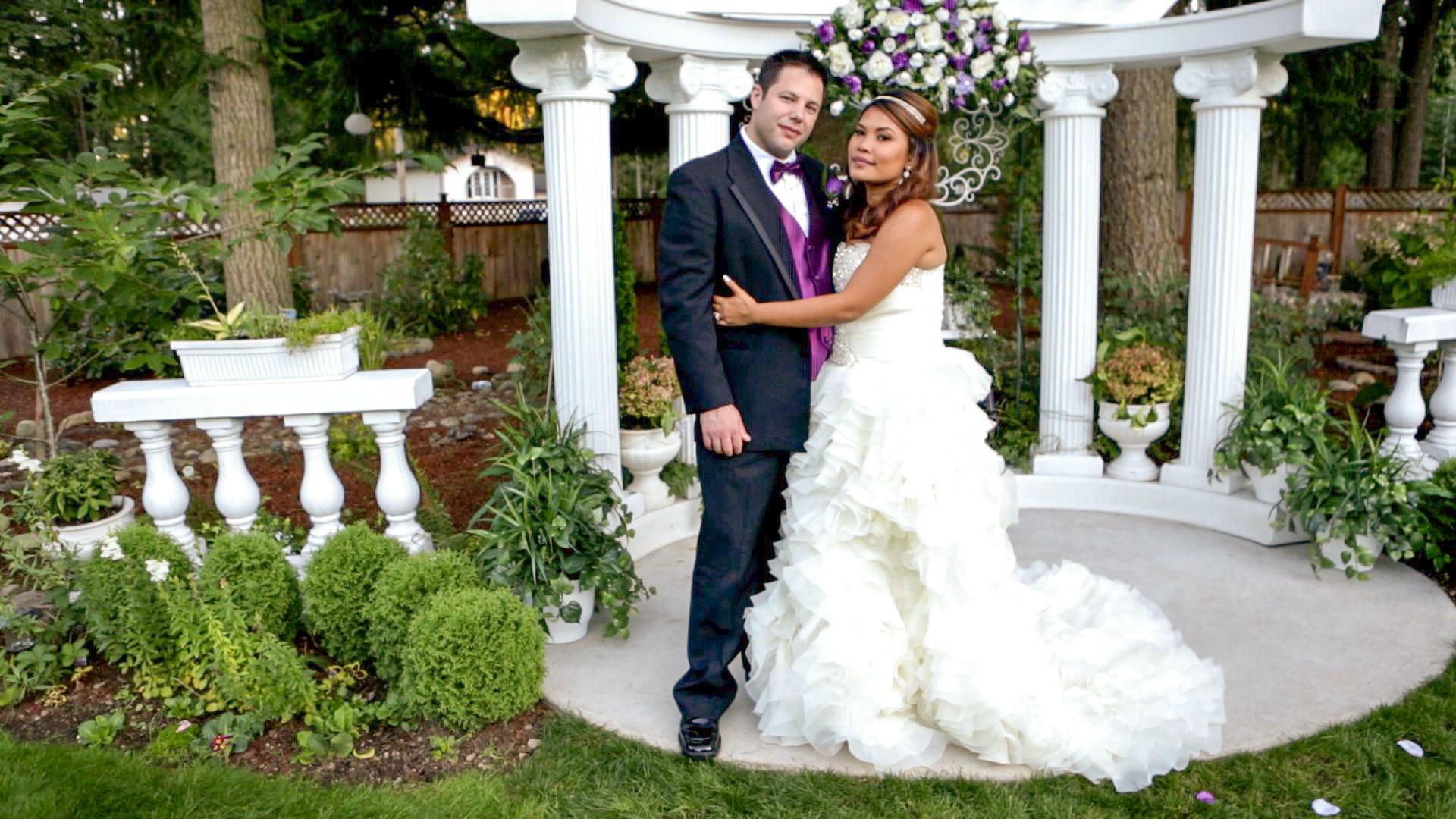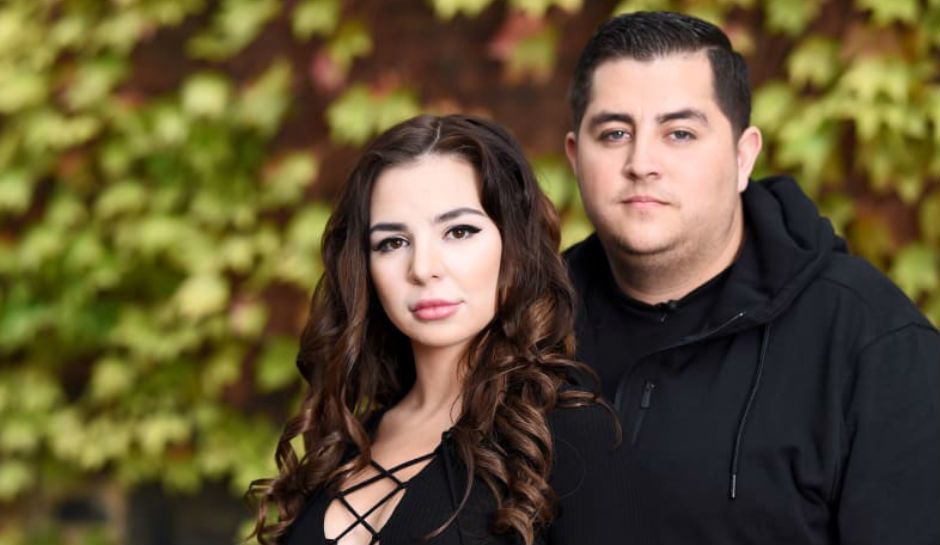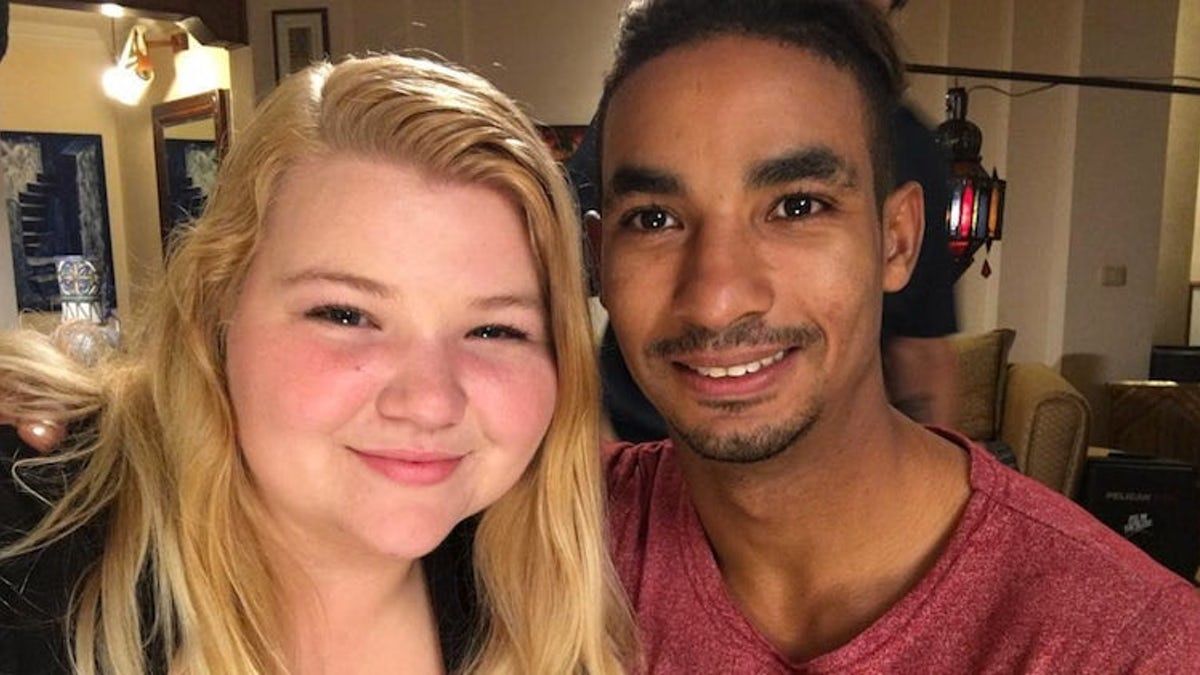The premise of 90 Day Fiancé is simple - it's a reality show that follows couples who live in different countries but are finally coming together in-person with the intention of getting married. The catch is that they have 90 days to get married or their non-U.S. partner must leave the U.S. and return to their home country. While it sounds like the plot of a competition series, these rules were not actually conceived by the show’s producers, but rather are mandated by the United States government.
The concept of 90 Day Fiancé is built around a specific type of visa known as The K-1 Visa, which can be issued to the fiancé of a United States citizen in order to allow them to enter the United States. This visa allows a partner to stay in the U.S. for 90 days, but the engaged couple must get married during that time or the visa will expire.
Now entering its sixth season, the show follows couples on their journeys’ and is heavy with drama, emotion, arguments, and cultural faux pas. The series is one of TLC’s biggest hits and has also spawned a number of spinoff shows including 90 Day Fiancé: Happily Ever After?, 90 Day Fiancé: Before the 90 Days, 90 Day Fiancé: What Now? for TLCgo, and a new spinoff called 90 Day Fiancé: The Other Way.
In addition to the difficulties of maintaining long-distance relationships, cast members of the show have to put up with a lot when it comes to the rules they must follow - there are rules under their contracts with TLC as well as the strict rules and regulations associated with the K-1 Visa process.
With that said, here are the 15 Rules The Cast Of 90 Day Fiancé Is Forced To Obey.
1. The Couple Must Be Ok With Scripted Scenes
Any good reality show includes a bit of clever editing and some retakes of supposedly “real” moments to keep the drama going, and 90 Day Fiancé is no exception. Some of the most memorable and downright awful moments are totally contrived. One of the most cringe-worthy scenes in franchise history: David Toborowsy’s best friend Chris suggested that David’s fiancé Annie could give him massages as a way to compensate for offering the couple a place to stay.
Chris’ wife later took to Facebook to explain to viewers that scene (and many lines on the show) are completely scripted.
“Yes, the awkward scene of Chris asking for a massage was scripted... The producer asked him to say it… and we were fed our lines while sitting at the table,” she said. Similar instances have been reported by other cast members as well. Cast members are required to comply with producers' requests to repeat lines or redo certain “scenes” if they want to remain on the show.
2. The Couple Must Complete The Visa Application On Their Own
The show follows cast members as they go through their relationship and K-1 visa application process. However, that’s where the show’s involvement in the Visa process ends. To be part of 90 Day Fiancé, cast members must complete all pieces of the application process on their own, and it’s quite a lengthy application process.
According to TLC, “Besides several forms, a fiancé applying for a K-1 visa must have a passport, a divorce or [deceased] certificate (of their prior spouse, if previously married), police certificates from your country of residence, medical examination records, evidence of financial support (or the ability to provide for yourself), and evidence of their relationship with your U.S. Fiancé, including proof you've met at least once within two years of filing your petition. Though each case is different, the entire process usually takes a minimum of several months to process.”
3. The Foreign Partner Must Become A Citizen On Their Own
The immigration process and path to citizenship in the United States is long and complex. Some argue that the show over-simplifies the process and makes it seem easy to gain entry to and citizenship in the United States.
Being on 90 Day Fiancé does not guarantee United States citizenship and the U.S. government does not just grant the foreign partner on the show citizenship after they say “I do.”
Obtaining the visa is only the first step in the path to becoming a citizen. The 90 day visa allows the foreign partner to enter the country and gives them three months to marry their fiancé, but once that all happens, the partner only receives a green card, which has its own conditions and path to citizenship.
4. The Couple Must Pass A Thorough Background Check By TLC
As a cast member on 90 Day Fiancé, in addition to the interviews you are already going through for the K-1 visa process, you must also be thoroughly vetted by the network before you can be on the show.
According to 90 Day Fiancé: Before the 90 Days star Paul Staehle, the thorough background check for him included several steps and took over a week to complete. The background check included: a criminal background check, questions about that background check, further probing into any results, combing through court documents, and obtaining statements from other people. He felt that TLC takes the background check very seriously. TLC has had negative information surface about the casts of its other reality shows in the past so it seems that they’re being more diligent with new shows in the 90 Day family.
5. The Couple Must Have Seen Each Other Within The Last 2 Years
While it seems that many of the couples are meeting in-person for the first time on the show upon first glance, this is actually not the case. In order to file for a K-1 Visa, a couple must have seen each other in person within two years prior to the filing.
It is important to collect evidence of having met in person prior to filing and include this evidence with the petition.
Failure to provide evidence of having met in person can result in a RFE (Request for Evidence) later in the process. The spinoff show Before the 90 Days covers this piece of the immigration puzzle in a bit more depth and provides insight into initial meetings.
6. The Couple Can't Just Get Married - They Have To Stay Married
The show’s producers boast that “out of every 25 couples on 90 Day Fiancé, we've only had three divorces.” While staying married isn’t a requirement for being on the show, it is a requirement for the foreign partner if they want to keep their green card and stay in the country. Once married, the non-U.S. partner receives their green card, which can be renewed without conditions after two years.
However, the green card doesn't automatically equal citizenship. In general, the partner will need to be a green card holder for at least three years before applying for naturalization, according to the U.S. Citizenship and Immigration Services. In addition, the couple must have been "living in marital union with the U.S. citizen spouse" for those three years and up until "examination on the application."
7. The Couples Must Marry Within 90 Days
TLC's 90 Day Fiancé is all about long-distance love stories and the journeys that folks will go on in-order to be together. The show derives its title from the 90-day period for which “Fiancé Visas” (also known as K-1 Visas) are valid. The K-1 Visa, issued through U.S. Citizenship and Immigration Services, provides a small, roughly three-month window during which engaged couples must get married.
After those 90 days, the visa expires.
The number of K-1 visas issued has actually declined by 25% over the past five years. In 2013, there were approximately 30,000 K-1 visas granted. However, it’s also true that the majority of K-1 visa applications are approved. From 2009-2013, the average percentage of K-1 visas that were refused was just 3.3 percent, and that number has continued to decline.
8. The Foreign Partner Must Leave The Country If The Marriage Does Not Happen
The K-1 visa has a lot of rules associated with it. The most high-stakes rule is that if a couple is not married at the end of the 90 days, the foreign partner must leave the country. In addition, even if a couple does get married during that 90-day window, ending the marriage within two years can lead to removal of the foreigner’s permanent residency status.
Finally, just applying for a K-1 Visa with the proper documentation does not mean that you’ll be approved for one. As we saw with one of the show's most talked about couples, Nicole and Azan, Azan’s visa was declined and he was unable to move to the U.S. to be with Nicole.
9. The Couple Must Already Be In A Real Relationship
The couples featured on 90 Day Fiancé must be real-life couples before they apply to be on the show.
Though fans have theorized that some couples seem as though they were contrived in a casting office, the producers state that all couples were together before the show reached out to them.
“They weren't brought together by some casting director simply for the show. Contrary to what some might believe, the 90 days don't mark the time frame the couples have to decide if they like each other enough to get married. By the time the cameras start rolling, you already know the person and decided you want to marry them," season 4’s Anfisa Nava said. “We don’t put people together. Everyone we feature on the show, they found themselves organically,” stated Producer Matt Sharp, who finds couples through immigration attorneys.
10. The Couple Has No Say In How They Are Portrayed
One thing that is common across most reality shows is that there is a clause somewhere in the cast contracts about not being allowed to sue the producers or networks. The hard and fast rule is that if you have anything to hide or any sort of specific reputation to maintain, do not go on a reality TV show.
Mark and Nikki Shoemaker from season three of 90 Day Fiancé apparently didn’t read the fine print on their contracts. They attempted to sue Discovery Communications (TLC’s parent company) as well as the production company Sharp Entertainment because they were so unhappy with their portrayal on the show. The case was thrown out in 2017. It turns out that the contracts that they both signed gave the show’s producers the right to edit footage however they pleased.
11. An In-Depth Interview Is Required
After a K-1 Visa petition has been approved, the foreign-born fiancé must then go to his or her Embassy for an in-depth interview. The interview involves questions designed to prove the legitimacy of an applicant's relationship with items like photos, videos, and correspondences.
The consular officer will also ask questions about the foreign-born fiancé's background, the United States fiancé, the overall relationship, and wedding plans.
These questions are not made available by the government sites, but many lawyers and people who have been through the process have shared them online. The questions can range from "Have you ever been arrested?" to "What do you love about your fiancé?" and "How many times have you met in person - where and when?"
12. Only The Citizen Will Be Paid
Some reality stars have attained fame and wealth from their reality shows. Popular shows have their casts earning upwards of $100,000 per season. For the 90 Day Fiancé cast, however, this is not the case. Even though 90 Day Fiancé is a hugely popular show, when it comes to getting paid, the rules around salary are pretty strict. Cast members reportedly receive only $1,000 per episode, and $2,500 to appear on the Tell-All special.
Even harsher is the fact that not all cast members who appear on the show will appear in all episodes, and, not of all the cast members who appear on the show even get paid at all. This is due to the fact that only the U.S. half of the couple is allowed to receive payment, as foreigners cannot work legally in the United States without their green card.
13. The Women Must Sit In Awkward Positions
This rule is an especially odd one. If you’ve been watching 90 Day Fiancé, you know that the cast gives their thoughts, feedback, and opinions during confessionals, in which they sit alone or with their partner and talk to the audience in order to provide narration for the experiences we’re seeing on the show.
Some fans have noticed that during confessionals, the women are often seated in an awkward position. Women are seated with both knees touching and raised up to their chest.
Their feet don’t appear to be touching the floor. One fan asked cast member Anfisa Nava about this awkward positioning, and she responded: “producers make all women on the show sit like this if you haven't noticed. I hate it. So uncomfortable. Please somebody tell @TLC that you don't like it."
14. There Is A Minimum Income Rule For The K-1 Visa
As if the lengthy documentation requirements, probing interview questions, and background checks weren’t enough, all K-1 Visa applicants on or off the show must meet a minimum income rule for their visa to be approved.
According to Rapidvisa, “Some visas count on the alien’s financial ability. The K-1 visa counts on the U.S. petitioner’s financial ability. They must meet the minimum income requirements, or use alternatives to meet the requirement." You need to prove that you qualify through documents like tax returns and pay stubs. The income requirement is one of the most common reasons for denial. This income rule came into play on the show in regards to Nicole and Azan’s relationship, when Nicole found out she didn’t make enough money to legally sponsor Azan and had to ask her father to co-sponsor him.
15. The Cast Must Be Made Up of Flawed People
This rule isn’t 90 Day-specific, but rather a rule that all reality shows must follow. Reader's Digest delved into the “secrets” behind our favorite reality TV shows, and the reporter spoke with a variety of producers about what rules they follow when editing and casting these shows that we all love (or love to hate.) The main takeaway when it comes to choosing a cast? The more flawed, the better.
According to the article, reality TV shows prefer flawed people.
"Here’s a tip for applying to be on a reality show: Talk about your weakness — whether you’re terrified of snakes or you can’t stand lawyers and salesmen. The producers love that stuff,” the article stated. TLC's 90 Day Fiancé sticks to this rule. While viewers root for some couples to get their visas and stay together forever, the more notable couples are arguably made up of the more “flawed” individuals (and we can’t look away.)
---
Are you surprised by any of the rules that the cast of 90 Day Fiancé have to follow? Sound off in the comments!


